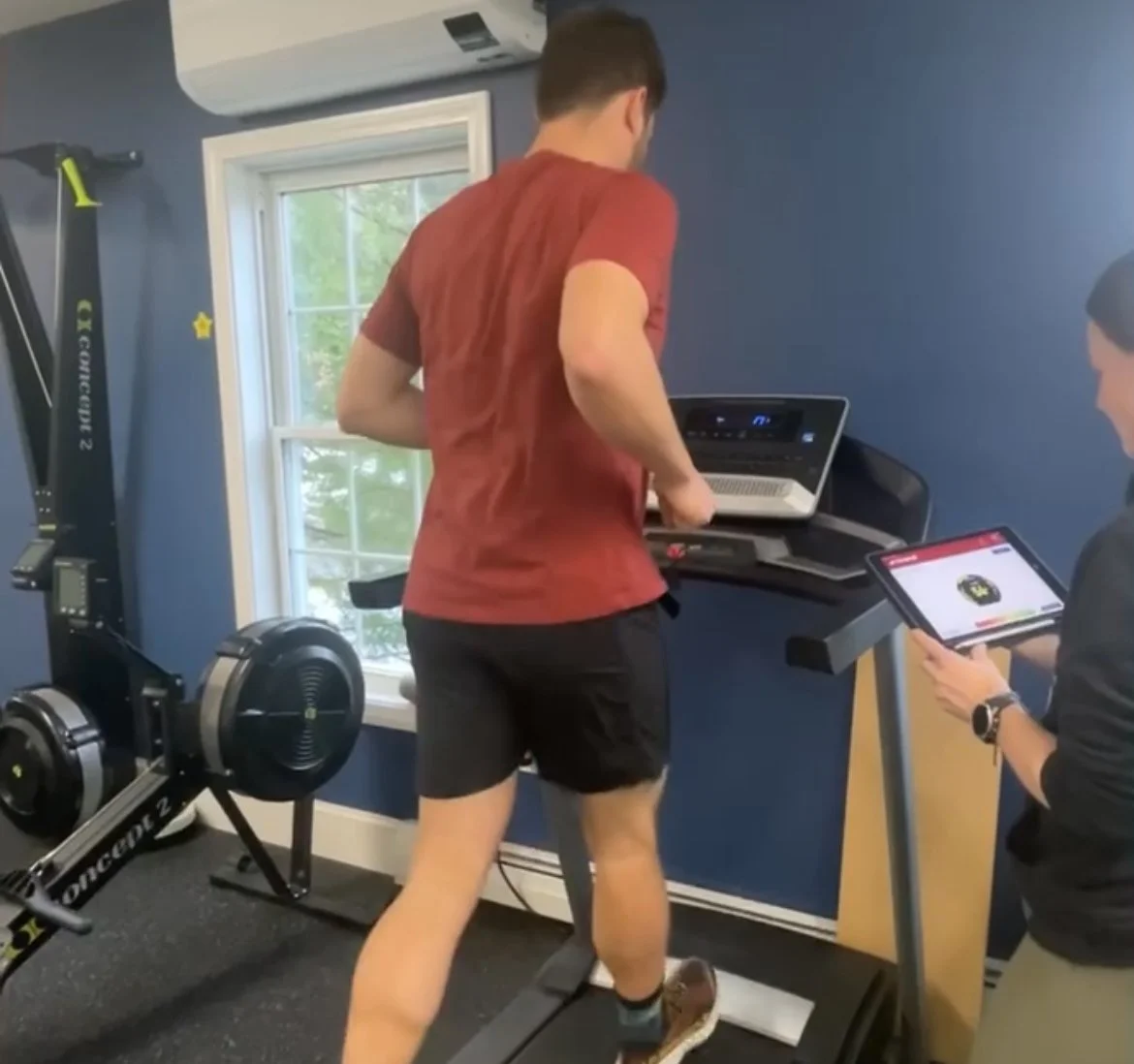5 Ways Vermont Runners Can Prevent Injury with Physical Therapy
If you’re a runner in Vermont, you know the season is short—and every mile counts. The last thing you want is to be sidelined by an injury just as the trails open up or race day nears. That’s why proactive care is key. Rather than waiting for pain to interrupt your training, physical therapy can help you prevent injuries before they start.
At Summit Physical Therapy and Performance in Stowe, we work with runners of all levels to improve form, correct imbalances, and build long-term durability. Here are five ways our team helps Vermont runners stay strong, efficient, and injury-free.
READ: Vermont Physical Therapy for Active Lifestyles: Keeping You on the Trails and Roads
1. Get a Professional Running Assessment
Every runner has a unique stride—and small inefficiencies can add up to major issues over time. A professional running assessment at Summit PT gives you clear insight into how you move and where your form may be putting stress on your body.
Using video analysis, strength testing, and mobility screens, our therapists evaluate:
Stride mechanics
Joint loading and impact
Muscle activation and control
With this data, we can pinpoint potential causes of pain or inefficiency before they become injuries. It’s a must-have for anyone training seriously or struggling with recurring discomfort. Learn more about our Running Assessment.
2. Address Movement Imbalances Before They Cause Pain
Even the most experienced runners have imbalances—tight hips, underactive glutes, or ankle mobility issues. These might not cause pain right away, but over time, they create stress that your body can’t ignore. That’s when injuries happen.
At Summit PT, we use movement screens to detect these patterns early. Once we’ve identified weak links, we create a targeted plan to correct them with:
Strength and mobility work
Neuromuscular control drills
Gait retraining when needed
Catching and correcting these issues early means you can keep logging miles without setbacks.
READ: Runeasi 3D Gait Analysis: What It Is and Why It Matters
3. Build Strength That Matches Running Demands
Running may be repetitive, but the strength required to do it well is anything but basic. Runners need more than just cardio—they need control, power, and stability through every stride.
At Summit PT, we design strength programs specifically for runners, focusing on:
Hip and glute activation for power and pelvic control
Core strength to reduce spinal and pelvic stress
Single-leg stability for better ground contact and injury prevention
This kind of targeted strength work doesn’t just reduce your injury risk—it also makes you faster, more efficient, and more resilient on the trail or the road.
4. Use Manual Therapy to Maintain Tissue Health
Tight calves, stiff hips, and recurring muscle knots aren’t just annoying—they’re signals that your tissues aren’t recovering well. That’s why regular manual therapy is a crucial piece of injury prevention for runners.
At Summit PT, our hands-on approach includes:
Soft tissue release to reduce adhesions and restore mobility
Joint mobilizations to maintain full range of motion
Targeted mobility work to address stiffness before it leads to compensation
By keeping tissues healthy and joints moving freely, we help runners avoid the overuse injuries that often come from training on a foundation that’s too tight to adapt.
5. Partner with a PT Who Knows Runners
Not all physical therapy is created equal—and runners need care that reflects the demands of their sport. At Summit PT, we specialize in helping runners stay strong, avoid injury, and reach their performance goals through movement-driven, individualized care.
Why Vermont runners choose us:
Running-specific expertise: Our therapists understand stride mechanics, training loads, and the seasonal demands of trail and road running.
One-on-one attention: Your sessions are focused, personalized, and built around your goals.
Long-term planning: We help runners train smarter, recover better, and stay on the trail—not in the treatment room.
Explore our Physical Therapy, meet Our Team, or Contact Us to start building your injury prevention strategy.
READ: Healthy Hips for Runners and Hikers - 3 Key Components
Stay on the Trail, Not the Sideline
Running injuries are common—but they’re not inevitable. With the right strategy, you can prevent setbacks before they start and keep your training consistent, enjoyable, and productive. At Summit PT in Stowe, we help Vermont runners protect their bodies and reach their goals with expert guidance, movement assessments, and sport-specific care.
Don’t wait for pain to change your plan. Schedule your running evaluation and take the first step toward stronger, injury-free miles.

